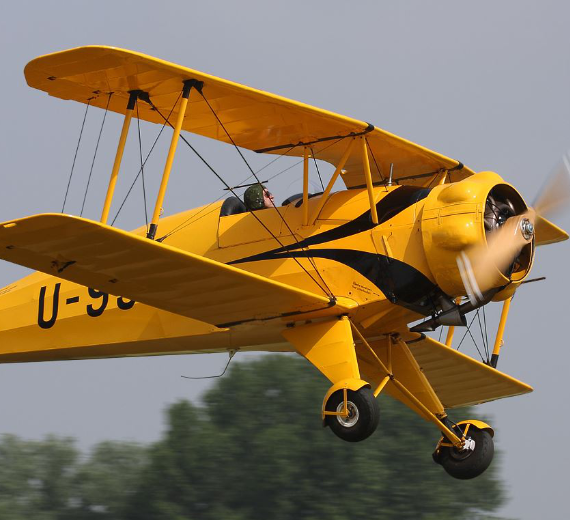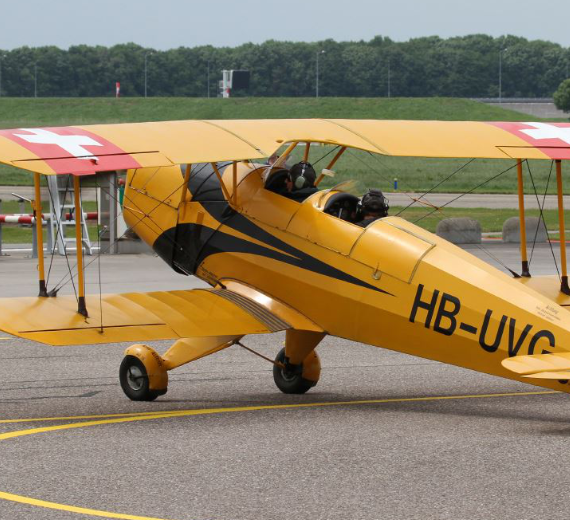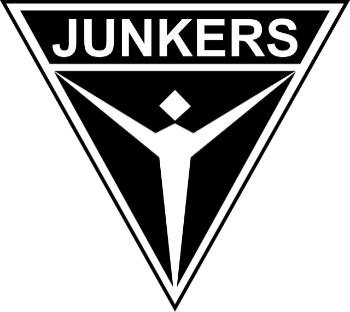Bücker
Bü 133 Jungmeister
Role Single-seat advanced trainer
National origin Germany
Manufacturer Bücker Flugzeugbau
Primary users Luftwaffe
Spain
Switzerland
Number built around 250
Developed from Bücker Bü 131 Jungmann
.
History Bücker-Flugzeugbau GmbH
Bücker Bü 133 Jungmeister
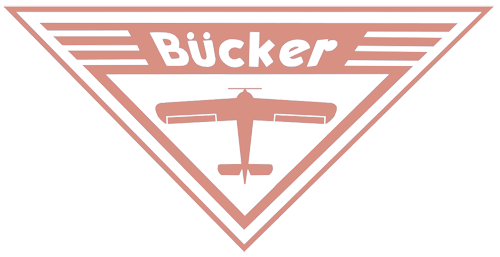
The Bücker Bü 133 Jungmeister was an advanced trainer of the Luftwaffe in the 1930s. It was a single-engine, single-seat biplane of wood and tubular steel construction and covered in fabric.
The Bü 133 was a development of the Bücker Bü 131 Jungmann two-seat basic trainer. First flown in 1935 (by Luise Hoffmann, the first female works[clarification needed] pilot in Germany) it was slightly smaller than the Bü 131. The prototype, D-EVEO, was powered by a 140 hp (104 kW) Hirth HM506 inverted, air-cooled inline-6 engine. The aircraft showed "astonishing agility" at its first public appearance, the 1936 International Aerobatic Championship at Rangsdorf, but the Bü 133A garnered no orders; only two Bü 133Bs, with 160 hp (119 kW) Siemens-Halske Sh.14A-4 radial engines, were built.
Variants
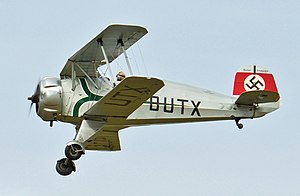 |
|
| Bü 133C Jungmeister performing at the Shoreham Airshow 2013 |
Operational history
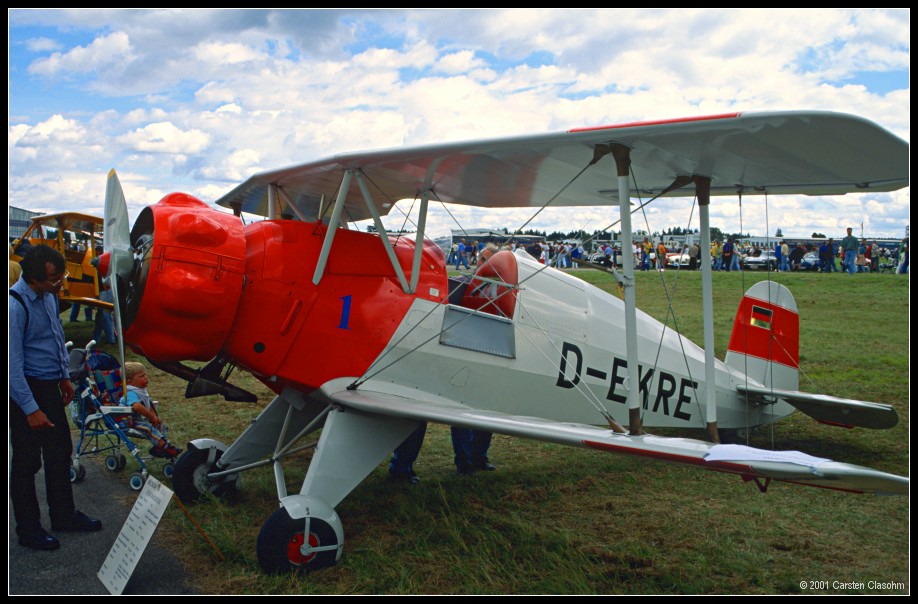
CASA-built 1-133C Jungmeister at Blackpool (Squires Gate) Airport in 1957 The Bü 133C racked up numerous victories in international aerobatic competition, and by 1938 was the Luftwaffe's standard advanced trainer. At the Brussels meet that year, a three-man Luftwaffe team made a strong impression on Reichsmarschall Hermann Göring, who ordered a nine-man team be formed. It dazzled the crowds at the International Flying meet in Brussels the next year.
The Jungmeister design remained competitive in international aerobatic competition into the 1960s
0
KmCeiling
0
KmCombat RANGE
0
Km/hAircraft Speed
0
Max Crew
Photo Gallery
Bücker-Flugzeugbau GmbH
Bücker Bü 133 Jungmeister


Bücker-Flugzeugbau GmbH
Bücker Bü 133 Jungmeister
General Info
-
-
- Crew: 1
- Length: 6 m (19 ft 8 in)
- Wingspan: 6.6 m (21 ft 8 in)
- Height: 2.2 m (7 ft 3 in)
- Wing area: 12 m2 (130 sq ft)
-
Powerplant
-
-
- Empty weight: 425 kg (937 lb)
- Max takeoff weight: 585 kg
- Powerplant: 1 × Siemens-Halske Sh.14A-4 7-cylinder air-cooled radial piston engine, 119 kW (160 hp)
- Propellers: 2-bladed fixed-pitch propeller
-
Performance
- Maximum speed: 220 km/h (140 mph
- Cruise speed: 200 km/h (120 mph,
- Range: 500 km (310 mi, 270 nmi)
- Service ceiling: 4,500 m (14,800 ft)
Related development
.
Links to Youtube & Others
The Bü 133C racked up numerous victories in international aerobatic competition, and by 1938 was the Luftwaffe's standard advanced trainer.
Bücker Bü 133 Jungmeister
The Jungmeister design remained competitive in international aerobatic competition into the 1960s
Youtube Link
The main production type was the 160 hp (119 kW) Siemens-Bramo Sh 14A radial powered Bü 133C, which had a distinctive cowling and a 13 cm (5.1 in)-shorter fuselage
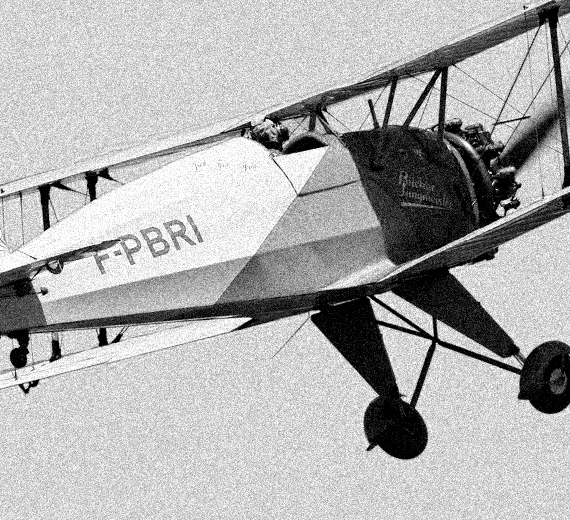

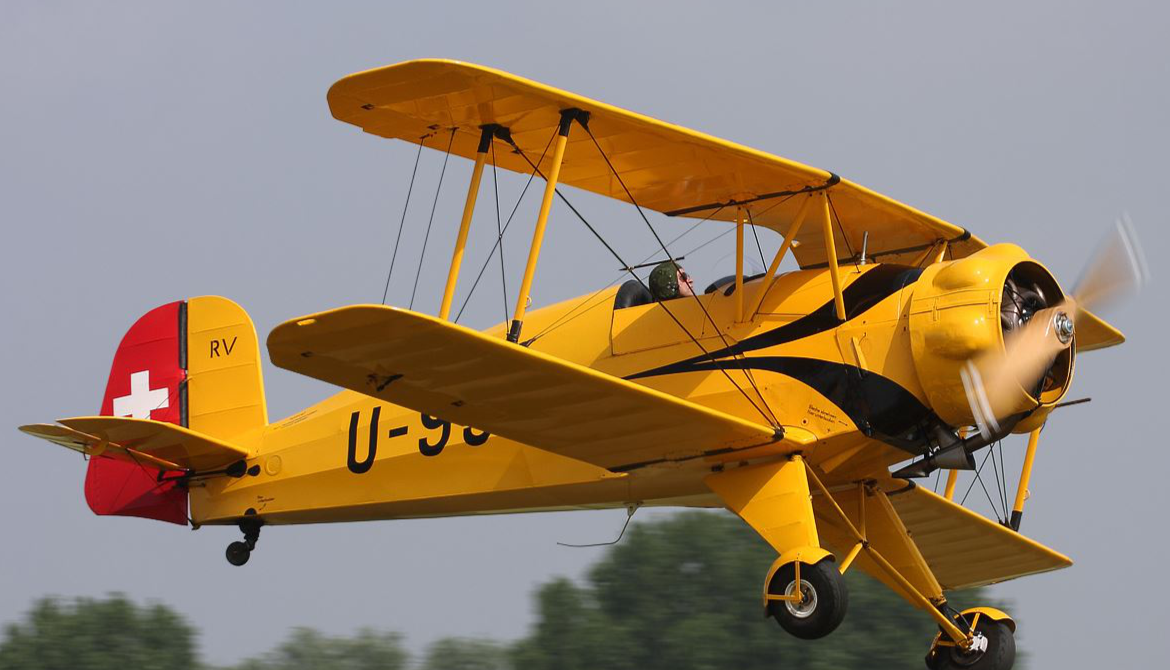
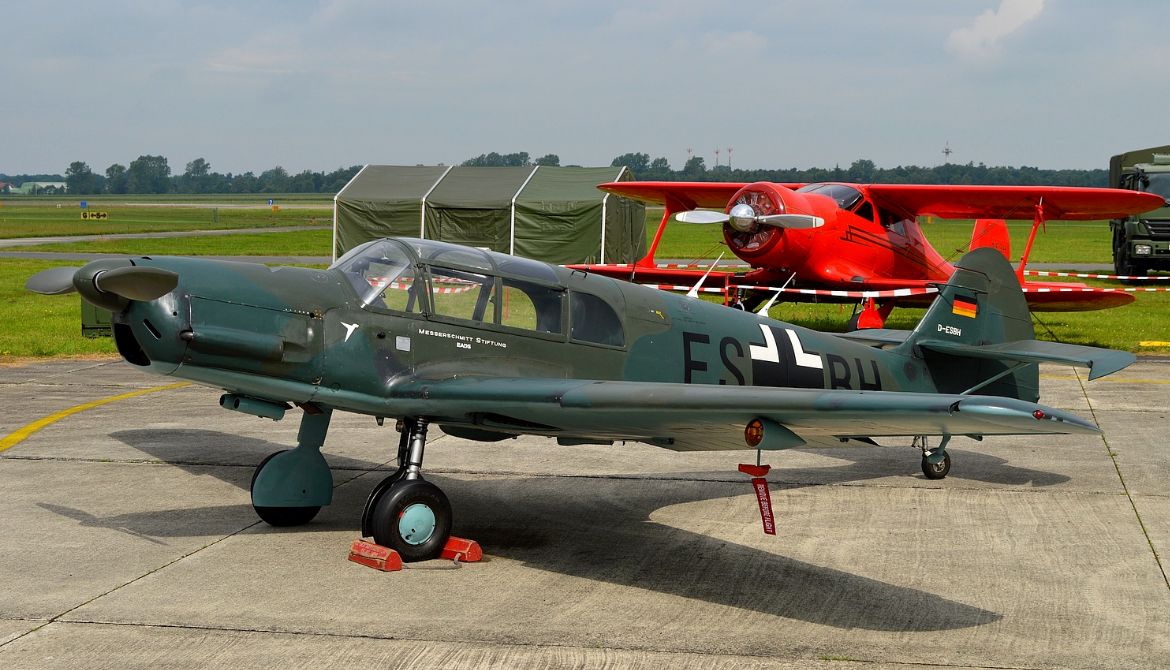
_Page_13-960-depositphotos-bgremover.png)
